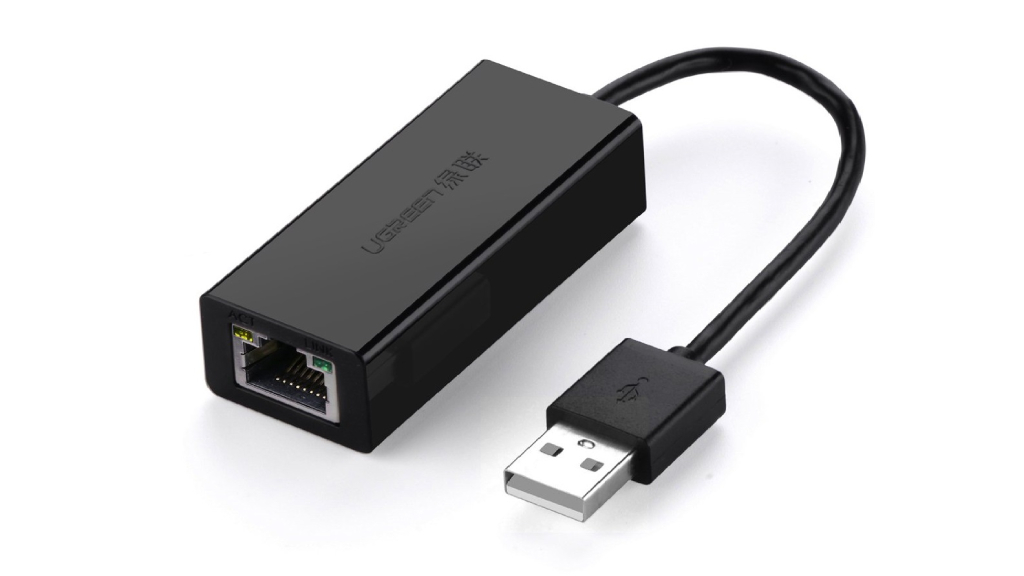Table of Contents
With their exceptional performance and travel-friendly design, MacBooks are Apple’s best-selling Macs for good reason. Those days are long gone when a desktop Mac with greater capability was paired with a little laptop. A MacBook is a person’s main computer, and it may be used at home or at a desk like a desktop Mac.
Your primary work location’s MacBook setup might be complex, with additional storage devices, screens, speakers, microphones, cameras, and charging stations for your iPhone and Apple Watch. If so, there probably aren’t enough ports on the MacBook Pro for all of your devices.
That’s where a docking station helps, offering more connections and making connecting to your workstation easier when you get back there. They also provide additional advantages.
Reasons to Get a Docking Station for Your Mac
Here are five reasons to get a docking station if you’re not sure if you need one. Our guide will walk you through what to look for in terms of specs, help you decide if you need a dock or a hub (yes, there is a difference), and make product recommendations.

Additional Ports to Accommodate Everything
The MacBook Air has two Thunderbolt/USB-C 4 connectors. With an SDXC card slot, an HDMI connector, and up to three Thunderbolt/USB-C 4 connections, the MacBook Pro offers greater versatility. Every MacBook has a 3.5mm audio jack. When working remotely, those ports could be plenty, but when working at your desk, you’ll usually need more.
If your MacBook lacks enough connections to connect external displays, external storage devices, wired networks, cameras, all-in-ones, high-end speakers, and even your iPhone, purchasing a dock is an intelligent investment.
Multiple External Displays
Having extra ports may not be as significant to owners of MacBooks with base M1, M2, or M3 CPUs (or even basic M chips in the future). The M3 MacBook Air can operate two monitors, however the laptop must be closed in order to do so. On the other hand, the M3 MacBook Pro and the M1 and M2 MacBooks can only handle one external monitor.
Additional screens can be connected using a docking station. However, any dock won’t do; it needs to support DisplayLink or InstantView, which necessitates installing the necessary software drivers on the MacBook. There are several drawbacks to both systems, such subpar performance or the incapacity to see protected material from streaming providers.
With the help of some docks, like the Satechi Thunderbolt 4 Docking Station, a base M-series MacBook may operate several external displays. But, utilizing a dock can be a good option if you primarily utilize your external screens for work-related purposes.
Easy Plug in and Play
You must disconnect all of your MacBook’s ports if you already use them all while working at your desk and need to work remotely. Then you have to plug all that stuff back in when you go back to your workstation. Although it can seem like a simple process that doesn’t need much time, disconnecting and plugging in repeatedly wears out your cords, cable connections, and the MacBook port.
With a dock, your MacBook is connected to it via a single wire, and everything else plugs into it. And that’s it. There is just one cable that has to be disconnected when it’s time to depart. Just one wire has to be plugged in when you get back. It saves time, wear and strain, and is no longer a bother.
Dedicated Charging Stations
Apple chargers use a USB-C cable for connection. If you have a dock, you may remove the chargers from the power outlet, store them, and then insert the USB-C charging cable into the dock. Instead of connecting the MacBook into the dock, use the USB-C cables that you have been using.
Docks come with a power line that connects into the wall to supply all the electricity required to charge your gadgets. You’re using a surge protector, right? If so, this dock alone will free up sockets on your protector.
Ethernet Support
The majority of PC laptops and MacBooks lack an Ethernet connector. Not many individuals require it. In case Wi-Fi proves to be too unreliable and sluggish for your requirements, you most likely depend on a wired Ethernet network connection.

Invest in a dock with an Ethernet port rather than on USB-to-ethernet adaptor. You may put your cable into the dock, which doubles as your adaptor. Gigabit Ethernet connections supporting up to 1 Gbps are available on many docks.

Other characteristics of docks that could be useful include compatibility for older ports, storage bays, Kensington locks, KVM (keyboard, video, and mouse) switching, and more. You can join a wired network by connecting to a dock that has an Ethernet port.



